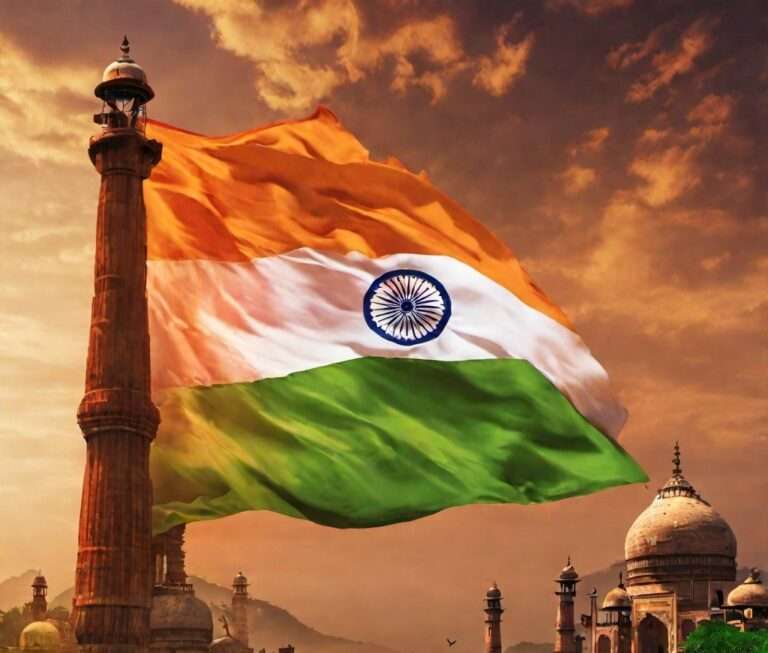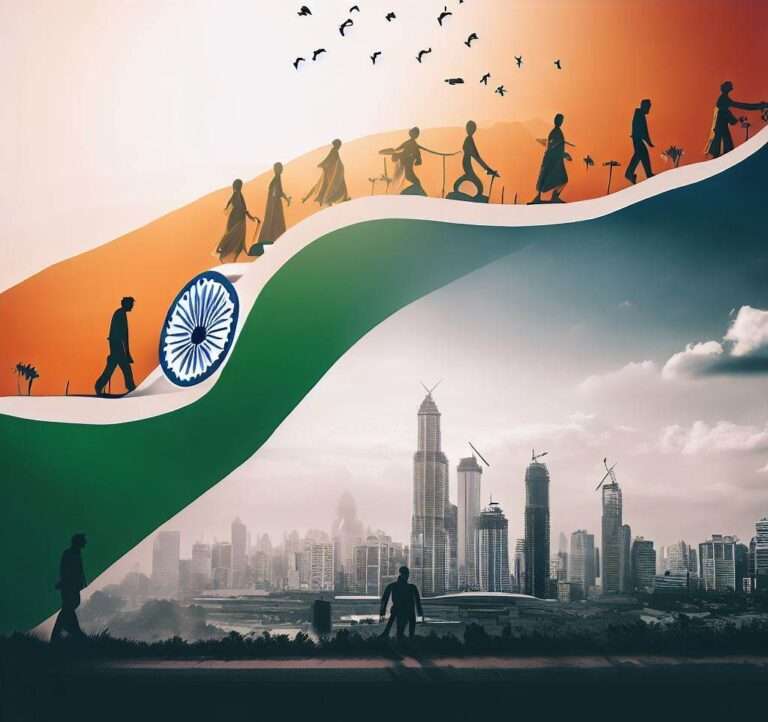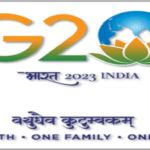India's Transformation in the 77 Years Since Independence to 2023
On August 15, 2023, India joyfully celebrated its 77th Independence Day. On this day, it is worth reflecting on the remarkable journey that India has undertaken over the past seven decades.
When India gained independence in 1947, it was a poor, agrarian economy with a low literacy rate. The country was also plagued by communal violence and poverty.
However, over the past 77 years, India has made significant progress in all sectors. The economy has grown at an average rate of 7% per year, and the poverty rate has been reduced by half. The literacy rate has also doubled, and India is now home to the world’s largest middle class.
In addition to economic growth, India has also made progress in other areas, such as healthcare, education, and infrastructure. The country has also become a major player on the global stage and is now seen as a rising power.
Key Drivers of India's Transformation
There are a number of factors that have contributed to India's transformation. These include :
Economic reforms: In the early 1990s, India undertook a series of economic reforms that opened up the economy to foreign investment and trade. These reforms helped to boost economic growth and create jobs.
Technological revolution: India has also benefited from the technological revolution. The widespread adoption of information technology has helped to improve productivity and efficiency in many sectors.
India’s Demographic Advantage: A Youthful and Expanding Population. This demographic dividend is helping to drive economic growth and innovation.
Political stability: India has enjoyed a relatively stable political system since independence. This has created a conducive environment for economic growth and development.
What's New in India?
India is constantly evolving, and there are a number of new developments that are shaping the country's future. These include:
The rise of the digital economy: The digital economy is growing rapidly in India, and is expected to account for a significant share of the country’s GDP in the coming years.
The growth of the start-up ecosystem: India has a vibrant start-up ecosystem, and is home to some of the world’s most innovative companies.
The development of infrastructure: India is investing heavily in infrastructure, such as roads, railways, and airports. This is helping to improve connectivity and boost economic growth.
The focus on sustainability: India is committed to sustainable development, and is taking steps to reduce its carbon footprint.
The Future of India
India is a country with a bright future. The country has the potential to become a major global power, and is already playing an increasingly important role in the world economy.
The key to India’s future success will be to continue to invest in education, healthcare, and infrastructure. The country also needs to address the challenges of poverty and inequality.
If India can overcome these challenges, it is well-positioned to achieve its full potential and become a global leader in the 21st century.
India’s transformation is a story of hope and inspiration. It is a story of a country that has overcome great challenges and is now on the path to prosperity.














